Are you experiencing night pain and a progressive lack of shoulder movement? Then you may have carpal tunnel syndrome.
To learn more about Frozen Shoulder aka Adhesive Capsulitis, check out this page or keep scrolling to see exercises that can help to relieve your symptoms.
Important Note:
These exercises were designed as a place to start to address your adhesive capsulitis symptoms. These exercises should not be performed or continued if they cause or increase your pain in any way. Using these exercises for self-management of your symptoms does not replace the value of being assessed by a Health Professional.
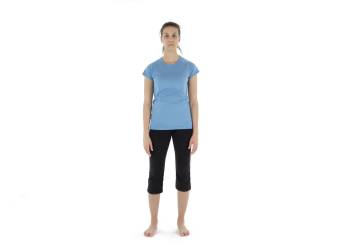
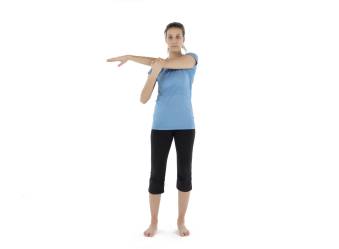
1. Posterior cuff stretch
Stand straight and bring one arm in front of your body at shoulder height.
Use the opposite arm to lightly push on your elbow to accentuate the stretch.
Hold the position when you feel a comfortable stretch behind the shoulder.
Do not rotate the trunk. Be careful not to over stretch, work within your pain tolerance.
Hold 15 sec x4 reps x2 sets, 1-2 times per day
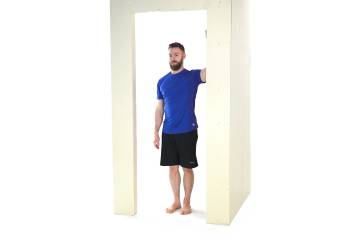
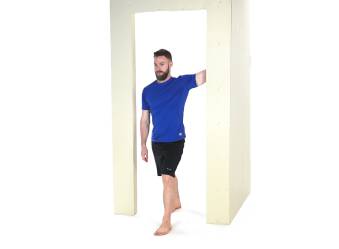
2. Pectoral stretch
Stand up in front of an open doorway.
Place your forearm along the wall.
Lean your body forward until you feel a stretch across your chest and the front of your arm.
To emphasize the upper chest, place the arm lower than horizontal, to stretch more the middle portion, place the arm perpendicular and to stretch the lower portion, place the arm higher than parallel.
Be careful not to over stretch, work within your pain tolerance.
Hold 15 sec x4 reps x2 sets, 1-2 times per day
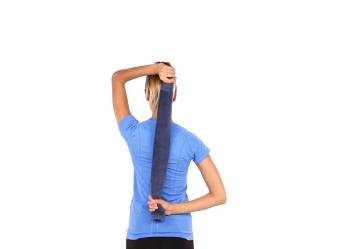
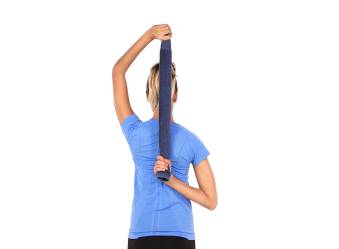
3. Internal rotation with towel
Stand with affected arm behind back and each hand grabbing either end of the towel or broom.
Pull the tip of your shoulder backwards and lift your arm behind your back as high as you can by pulling the towel over shoulder with unaffected arm.
Slowly return to initial position and repeat.
Hold 5 secs, 10reps, x2-3 sets. Once a day.
Gradually working on holding for 10 seconds.


4. External rotation
Lie on your back, with a pillow under your arm and against your tummy (neurtral – resting position).
Move your hand away from your tummy to the point of easy stretch or pain threshold.
Slowly return to initial position and repeat.
Hold 5 secs, 10reps, x2-3 sets. Once a day.
Gradually working on holding for 10 seconds.
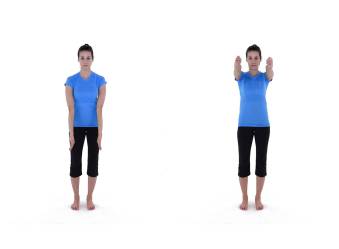
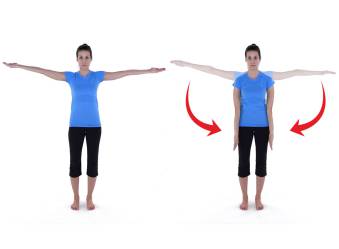
5. Shoulder flex./abd./add.
A) Raise your arm up in front of you to shoulder height, and lower slowly.
B) Raise your arm out to the side, to shoulder height and lower slowly.
Start with 2×10 reps and gradually over a number of weeks work up to 2x15reps and eventually 2x20reps. It should feel tired after you are finished.


